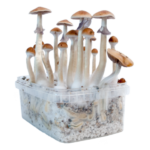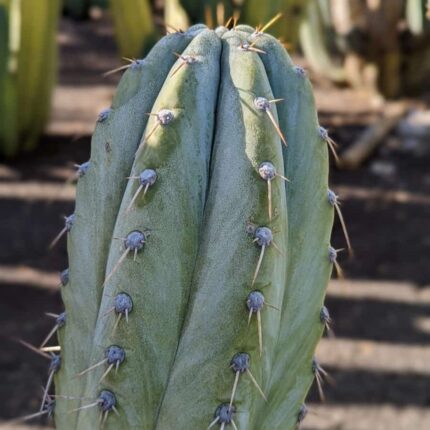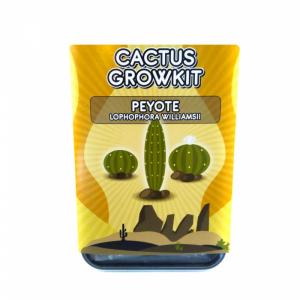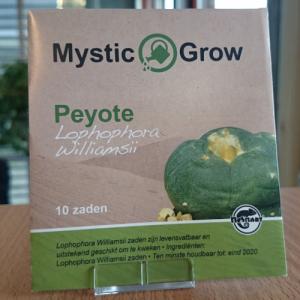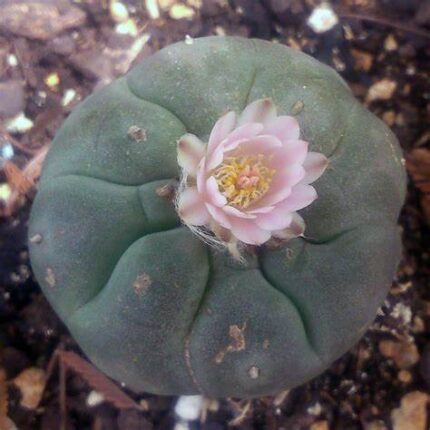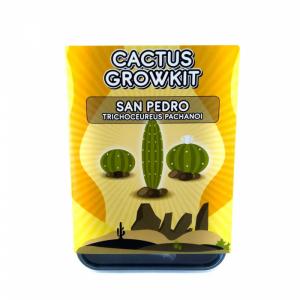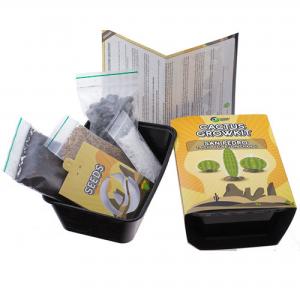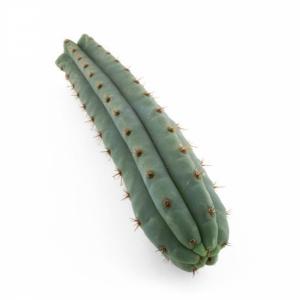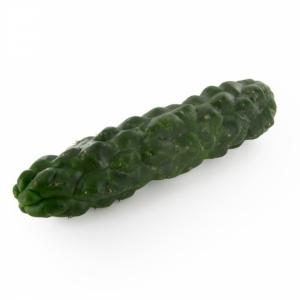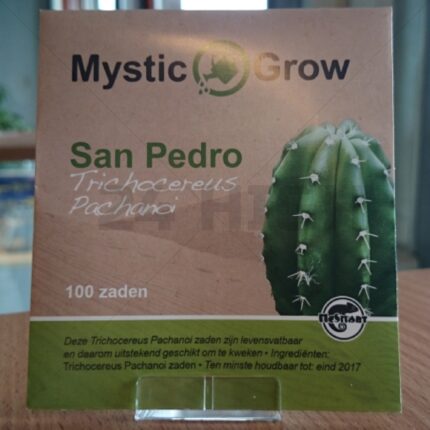Buy Mescaline Cactus Online Canowindra Potent psychedelic compounds occur all throughout nature, from psilocybin-containing mushrooms . We don’t know why they are there. Some claim that these mind-altering substances help to deter would-be predators. Others state that they were put there by a higher power to enable us to experience the divine. Mescaline is one such substance. The psychedelic alkaloid occurs in several species of cactus, and it’s been used for thousands of years to induce altered states of consciousness. Join us as we explore the history of these life forms, their effects, and how to grow and consume them.
Mescaline cacti grow in the Andes Mountains, Mexico, and the southwest United States, where they’ve been used ceremonially for almost 6,000 years. The psychoactive phenethylamine alkaloid mescaline underpins the psychedelic effects.
Academics believe the Native Americans of Texas and New Mexico were the first groups to use mescaline cacti for these purposes—evidenced by effigies discovered in the Shumla Caves of Texas. The Huichol people of Mexico and the Aztecs also used species of mescaline cactus for spiritual and ceremonial purposes.
The Spanish were the first people of the Old World to encounter these plant species. They wrote accounts of witnessing Mexican tribespeople consume preparations before engaging in night–long dances and trances.
Thousands of years after humans started using mescaline cacti for their hallucinogenic properties, Western scientists began unlocking their secrets. It was the German pharmacologist Arthur Heffter who first isolated and identified mescaline in 1897. The Austrian chemist Ernst Spath then synthesised the chemical for the first time just over two decades later. Buy Mescaline Cactus Online Canowindra
Mescaline penetrated mainstream Western culture during the 1950s. Author and philosopher Aldous Huxley helped to drive mescaline into the collective psyche through his penning of Doors of Perception—a book detailing his experiences with the psychedelic. Entheogen enthusiast and psychiatrist Humphry Osmond and famed psychedelic chemist Alexander Shulgin helped the molecule gain further traction.
Mescaline cacti play a very important role in Latin American shamanic culture. Mescaline is a psychoactive alkaloid that induces intense visual effects and a strongly altered state of consciousness. Peyote (Lophophora williamsii) from Mexico is a well-known mescaline cactus. There are other, lesser-known yet equally celebrated species of mescaline cacti, such as San Pedro (Echinopsis pachanoi) and Peruvian torch (Echinopsis peruviana).
We offer a compelling selection of mescaline cacti that are suitable for cultivation at home. The cuttings can simply be placed in soil and the cactus will shoot roots and grow like nothing ever happened.

